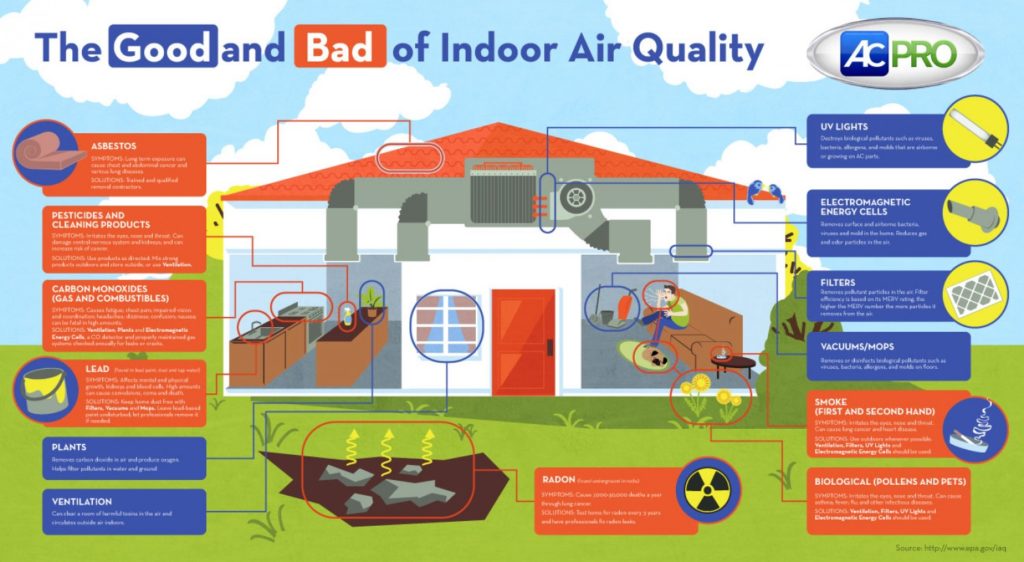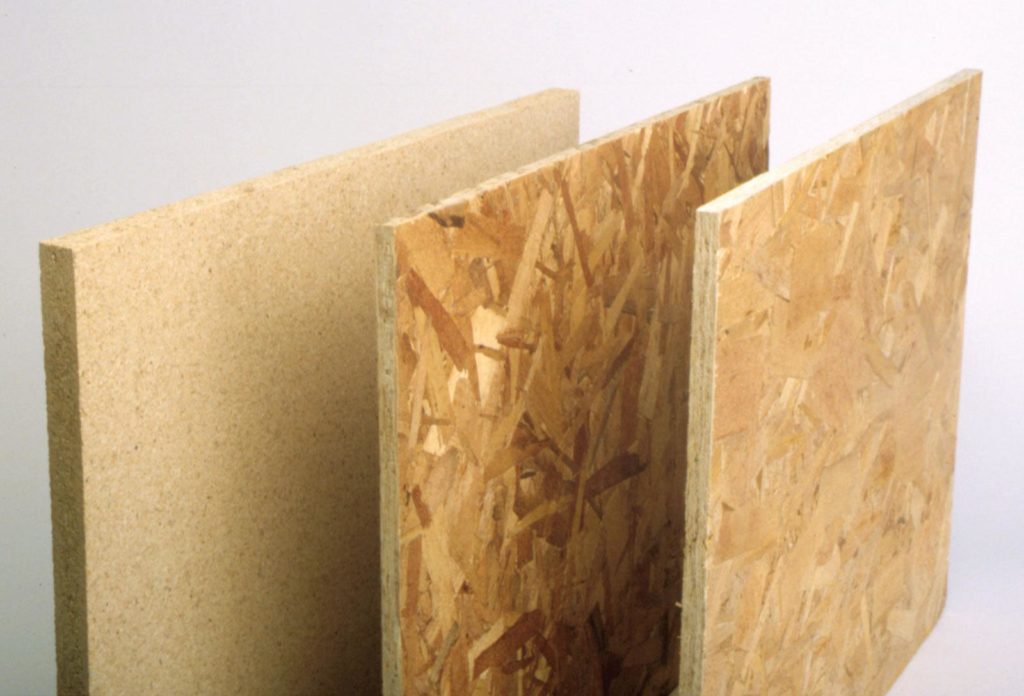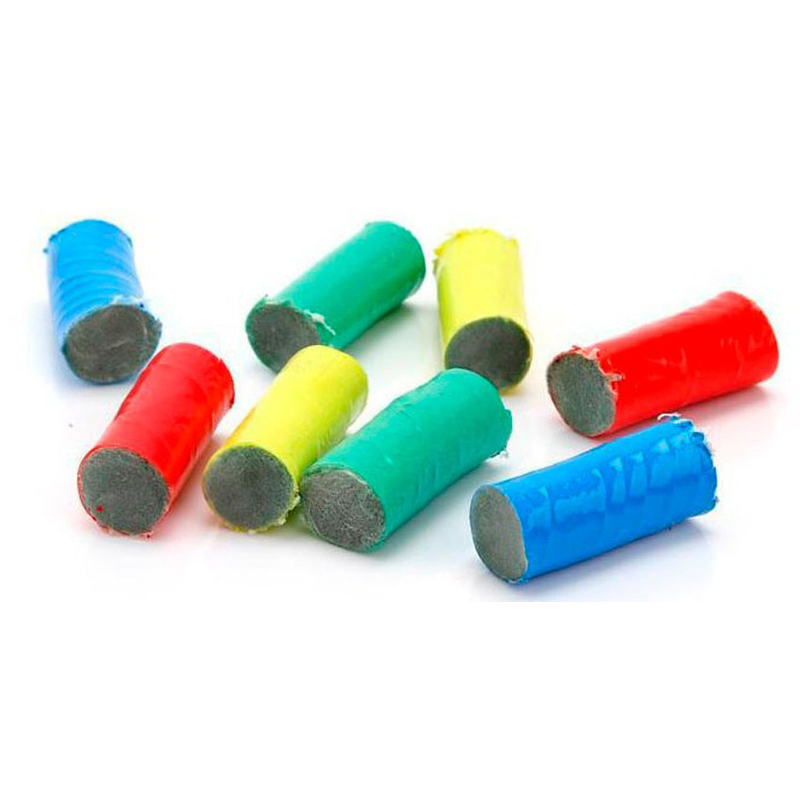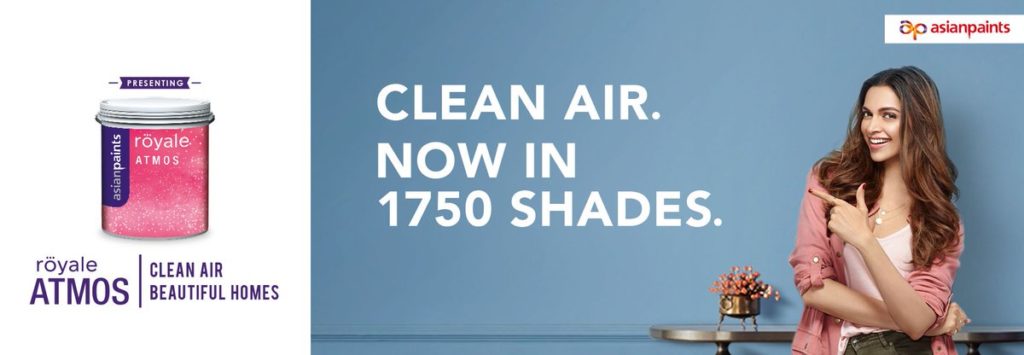
Six years ago, I made a trip to Avaragere village near Bidadi, in Karnataka and that is when I wrote my first article on Indoor Air Quality. I went on an invitation of the Shell Foundation, the UK-based charity established by the oil major Royal Dutch Shell to see the impact that their stoves were having to change the life of the rural women. More importantly, it was a rather shocking revelation that indoor air quality kills more people than outdoor air pollution. Unfortunately, India sees over a million deaths each year and is the second largest killer after high blood pressure!
Given the context, the importance of maintaining indoor air quality inside your home can hardly be overemphasized. And while it may seem innocuous on the surface, it really is an issue that needs to be addressed and one that needs to be done on priority. So if you are wondering how you go about it, well it is quite simple – identify the pollutants and then ensure that you take effective remedial measures to contain them. And fret not, here is your definitive guide to how you can maintain indoor air quality in your home.
Volatile Organic Compounds
One of the silent pollutors of indoor air is VOC or volatile organic compounds. VOC is commonly found in paints, varnishes, adhesives, carpets, vinyl flooring, composite wood products, upholstery, air fresheners, cleaning products and even cosmetics. These include chemicals like benzene, ethylene glycol, tetrachloroethylene, toluene, xylene formaldehyde and methylene chloride among others. VOC’s may or may not have any odour but continual exposure to them can cause irritation in eyes, headaches, nausea, dizziness and respiratory disorders. Long-term exposure can cause more serious health issues.
Solution: In order to mitigate the issue with VOC, ensure that your home is well ventilated by keeping doors and windows open. Use an exhaust fan to ensure that air is being circulated in the home. Keep the carpets tidy and ensure you vacuum clean them to ensure that dust does not accumulate on them. Moderate the temperature and humidity to be as low as possible as VOC increases with humidity. Filtered air conditioners are a good choice too. In terms of paints especially ensure you opt for no VOC paints, like Asian Paints Royal Atmos.

Air Fresheners & Sprays
Both plug-in and spray air fresheners, odour repellents, emit chemicals like terpene and phthalates that cause several respiratory issues including asthma. Children are more susceptible to these issues and these chemicals can cause a lot of issues in them. Likewise, traditional candles made from paraffin wax is a petrochemical and must be avoided.
Solution: Use natural herbs like rosemary, basil, lemongrass and mint that are natural ways to ventilate the house to freshen the air. You can also choose air filters with a high HEPA or high-efficiency particulate air that help absorb small dust particles as well.

Formaldehyde in Furniture
Formaldehyde is a chemical that is usually found in wood furniture, particle boards, medium-density fiberboard and drapes. It is a colourless gas that is found in resin and gums that bind wood furniture. Allergic reactions to the same manifest in the form of skin rashes. Prolonged exposure to them can cause serious health issues like cancer and issues with eyes, throat and lungs.
Solution: Go in for furniture made from solid wood, gypsum board, stainless steel and plastic. Alternately, check for a formaldehyde-free insulation that will protect you from the harmful effects of the chemical. Wash curtains and drapes thoroughly before using them. If possible opt for antique furniture – the older the furniture, the lesser the formaldehyde levels.

Cleaning Detergents
We use cleaning detergents to wash vessels, clothes and even clean floors and bathrooms. Most of the chemicals found in these cleaners can be toxic if inhaled leading to rashes and causing problems in the respiratory tract.
Solution: The market today has several organic variants of cleaning products that use natural ingredients like soap nut that are effective cleansers. Alternatively, you can use hot water, baking soda and microfiber cloths to clean your home.
Smoking
Arguably the biggest pollutant of air comes from smoke generated from cigarettes. While the dangers of smoking are known, the second-hand smoke which comes out causes issues like infection, pneumonia, bronchitis and cough. The toxic residue that gets on the clothes and furniture is the tertiary smoke that is again dangerous when inhaled. Unfortunately, these mix with the air and cause quite a few health issues in both adults and kids.
Solution: Well simply do not smoke at home. If you have to ensure that you keep the window open and the smoke is going outwards. However, the best option is to quit smoking.

Mold
Molds are commonly found in damp, warm and humid places in a home. If the relative humidity inside your home is high, the chances of mold forming are higher. Likewise, accumulation of moisture causes microbial contamination and bacterial growth leading to the growth of mold. The risks associated with mold include fever-like symptoms, cold, cough, red eyes and skin rash.
Solution: Keep the air ducts and chimneys cleaned at all times. Ensure that any leaks are fixed. Importantly keep the humidity and mositure under control by using a fan and ensuring fresh air circulates in the home. Cross ventilation also helps to clear up the air. Scrub off the mold from gadgets and if there is mold on the furnishings, it is best disposed of.
Tips & Tricks
- Ensure you add indoor plants within your home. Choose ones like Garden Mum, Aloe Vera, Bamboo, Spider Plant, Dracaena, Peace Lily and Snake Plant that are natural air cleaners.
- Use organic potpourris, with dried and fragrant natural flowers and leaves in your home. These are not just a decor element but good quality organic essential oils in them can also clear up the air.
- Get rid of any odours by placing half a cup of vinegar or some baking soda kept open in a small container.
- Choose products that are labelled no VOC, low emission and the like.
So what are you waiting for? Get ready to breathe easy and see the wonderful difference that clean air can make. Well, after all, it is your life – time to give it an airlift!



Great article! Indoor air quality is really important because we might get sick out of this.
Thanks Joshua, it is so important in the times we live in today!